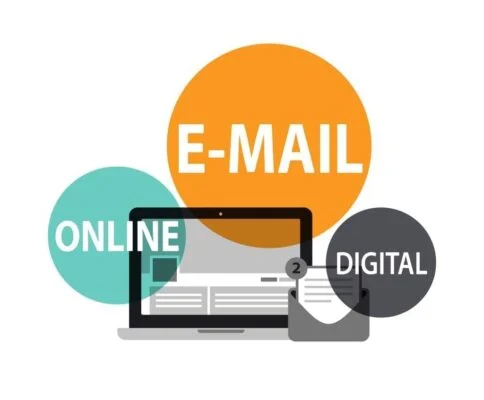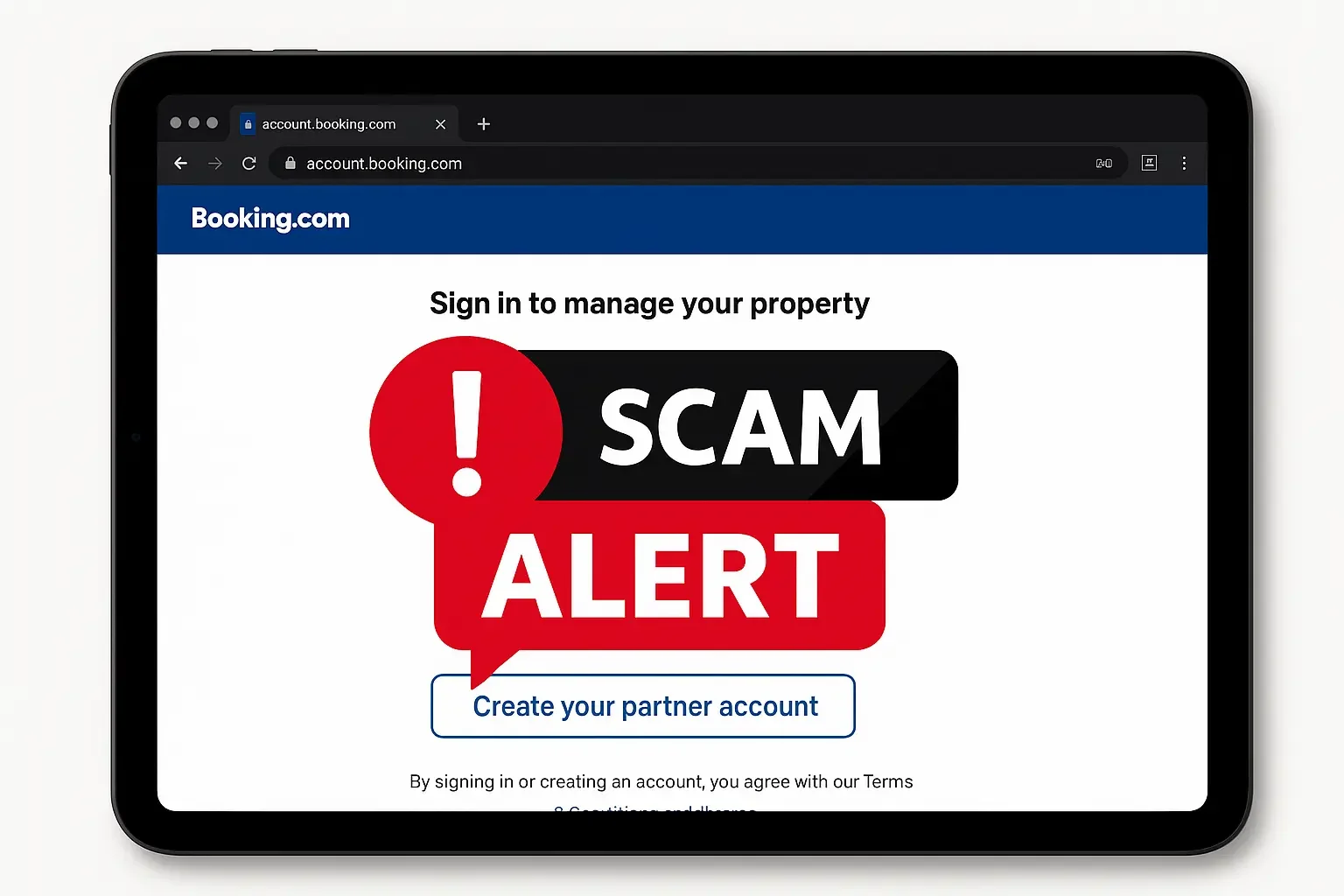
5 features to consider before choosing an email provider
January 28, 2024
What is email
January 30, 2024
How to optimize your email with SPF and DKIM
SPF (Sender Policy Framework)
SPF helps the destination email service provider verify that the email being sent is coming from a valid email server. SPF defines which email servers are allowed to send email from your domain. When the destination email provider receives email from your domain, SPF checks whether the originating email server has the domain name in the SPF whitelist. The destination email provider considers the email to be valid and forwards it to the recipient. If the domain name is not listed, the destination email provider may put the email in their spam folder or refuse to receive the email.
DKIM (DomainKeys Identified Mail)
DKIM helps destination email providers verify that email sent is from a valid domain. DKIM creates a digital signature for your email and embeds it in the email. When the destination email provider receives email from your domain, DKIM verifies the digital signature to see if it is valid. If it is valid, the destination email provider considers the email to be valid and forwards it to the recipient. If it's incorrect, the destination email provider may put the email in their spam folder or refuse to receive the email.
You can optimize your email with SPF and DKIM like this:
- Set SPF If you need to set SPF, contact your email hosting provider who can provide instructions on how to set SPF for your domain.
- Set up DKIM If you need to set up DKIM, contact your email hosting provider. They can provide instructions on how to set up DKIM for your domain.
- Check SPF and DKIM Status You can check your domain's SPF and DKIM status using an online SPF and DKIM checking service, such as DKIM Checker or SPF Checker.
Once you've set up SPF and DKIM, You can start using these security features to enhance your email.
Benefits of using SPF and DKIM
Using SPF and DKIM together can help optimize your email hosting performance in the following ways:
- Helps reduce spam and phishing emails. SPF and DKIM can help protect against spam and phishing emails by checking the correctness of the sender's email address. If the email doesn't pass verification, it may be sent back to the originating mail server or placed in the recipient's spam folder.
- Improve email delivery rates: SPF and DKIM can help improve email delivery rates by checking the reliability of the server sending the email. If the server is not trusted, the email may be sent back to the mail server, or it may be placed in the recipient's spam folder.
- Increase the Trustworthiness of Your Domain Setting up SPF and DKIM can help increase the trustworthiness of your domain. It shows the destination email provider that you value email security.
SPF and DKIM are critical security protocols for email. SPF helps verify that email sent from your domain is coming from an authorized email server. DKIM helps verify that email sent from your domain is signed with a valid digital signature. When you enable SPF and DKIM, it gives your email a better chance of being delivered and reduces the risk of your email being sent to the spam folder or blocked by the destination email server.



